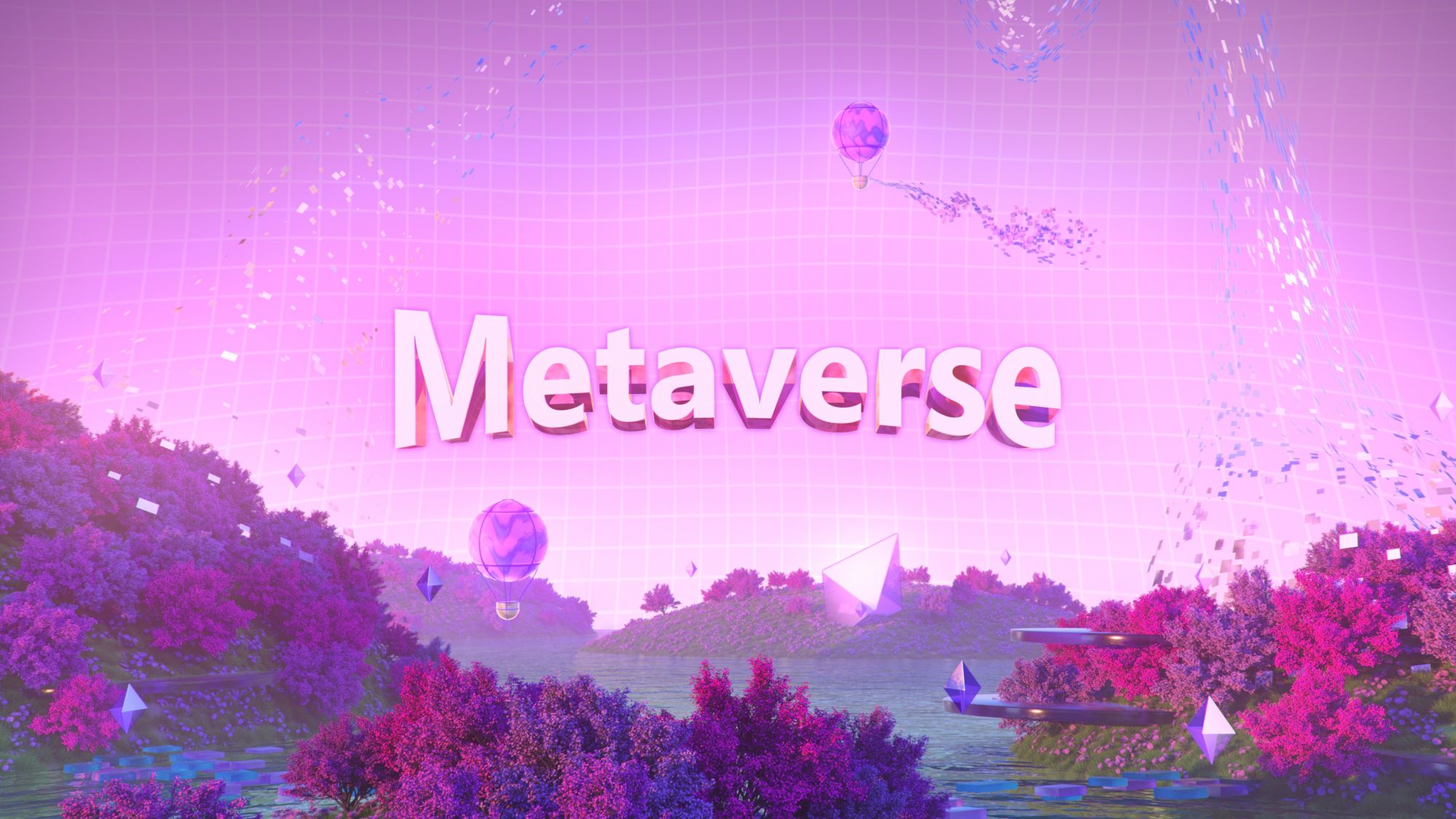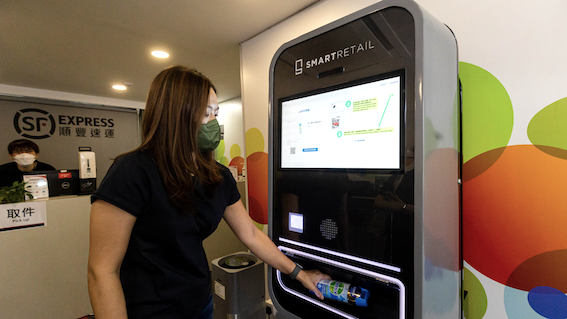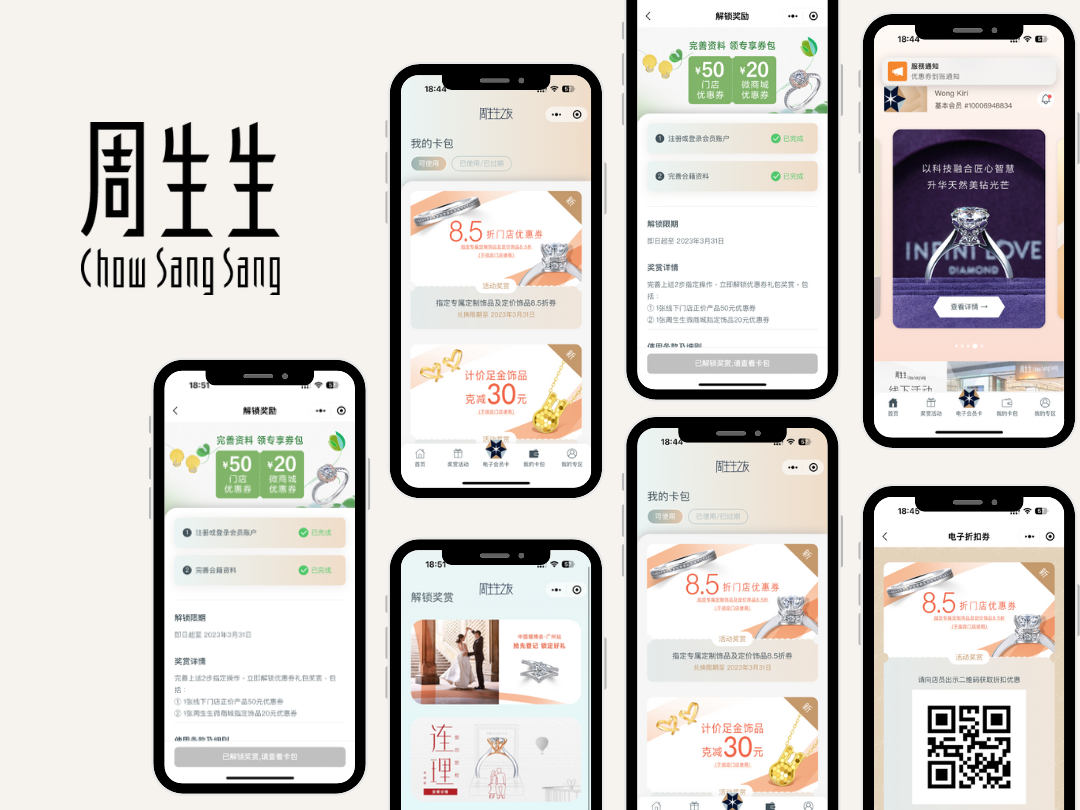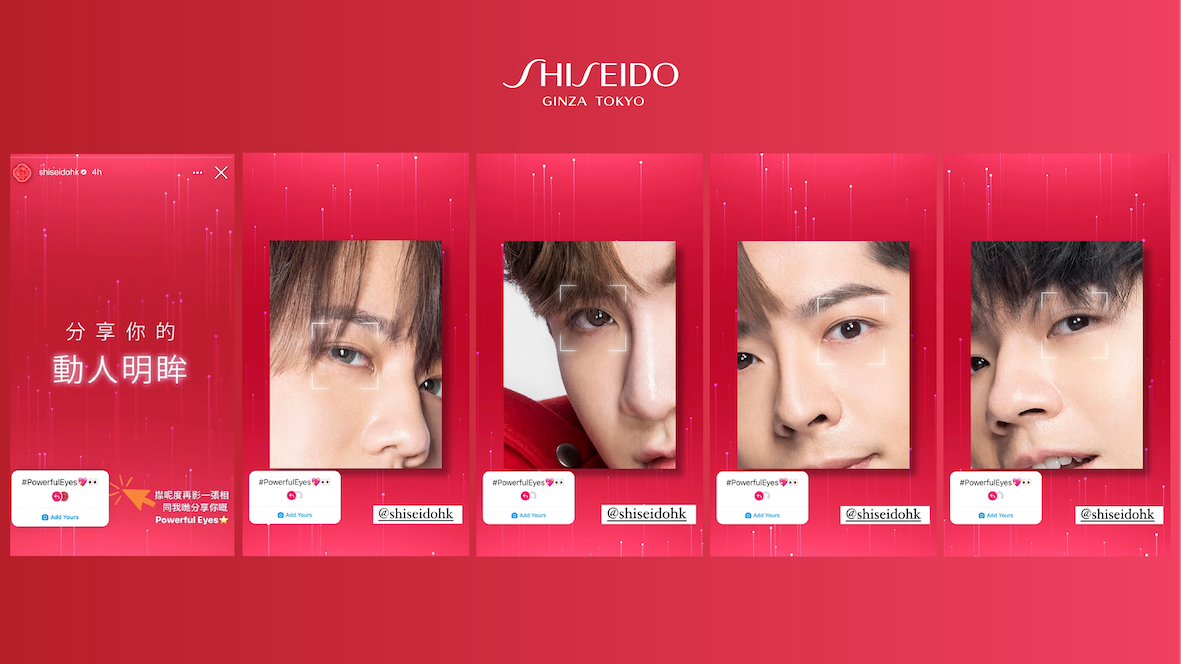The NFT and metaverse hype over the past year reminded me about the time when social media was introduced to the market more than 15 years ago. People coined the term Web3 to describe this new wave.
Marketers are suddenly overwhelmed with numerous jargon rooted in the blockchain evolution. Despite it might seem to be exaggerating and used a lot in the PR and media industries at this very early stage, I believe that when it matures, brands’ involvement in the metaverse will surely define winners and losers.
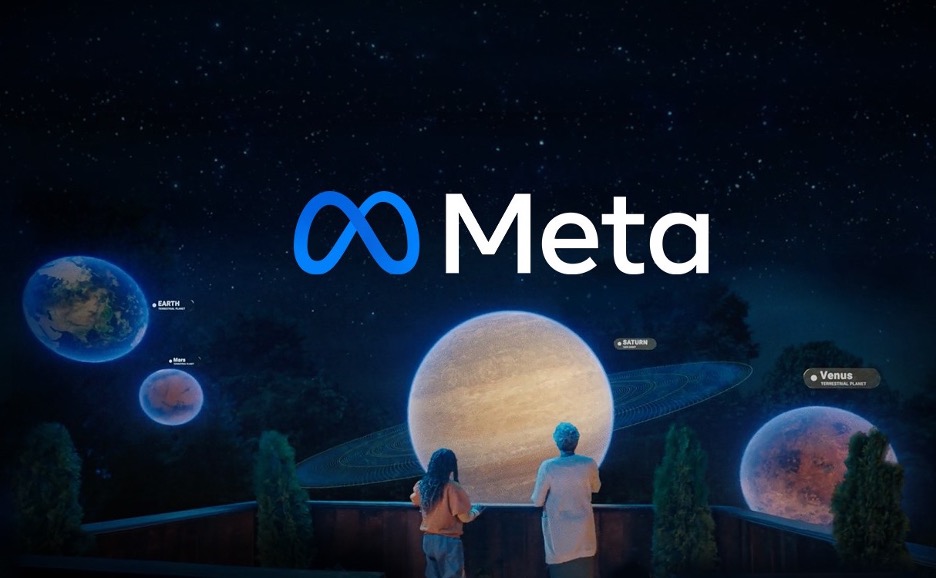
Yes, the metaverse concept is vague
Internet market leaders are referring to the metaverse as the future of the internet. Facebook is so serious about the idea that they even rebranded their company to Meta. Co-founder and CEO Mark Zuckerberg believes the metaverse will be the successor to mobile internet. The general understanding is that the metaverse will be a series of interlinked worlds, as it will not be run by a single company.
Many people have tried to define what the metaverse is. I summarise it as an overlapping of our physical and virtual worlds. Throughout the interwoven journey, although the 3D space can be accessed on your PC or mobile devices, technologies such as VR and AR will spice up the experience.
To be frank, a lot of elements featured in the metaverse are not fresh to the market. Google VR/AR Glass was launched in 2014 to test the waters but it didn’t gain popularity. Second Life, a 3D virtual world that closely resembles the current Decentraland, has gained some heat in 2003 but the momentum didn’t last long.
The advancement in technology, especially the capability of mobile devices, has set the perfect soil for the metaverse seeds to sprout. It is anticipated that the metaverse does not only exist in gaming, but a wide array of things, from socialising to events, shopping, and in a workspace.

The new digital economy
NFTs gained popularity this year. They are another type of strong push factor for the metaverse. People can purchase digital goods, such as virtual lands, apparel, avatars, and collectibles with true asset ownership. This whole new digital economy allows everyone to freely transfer and use goods across different metaverse platforms. Many brands have already started working on NFT projects. For example, processed food and snack company Campbell’s collaborated with artist Sophia Chang to celebrate the company’s new label design. 100 NFTs with unique designs were minted to create awareness of the rebranding campaign. The company also donated the proceeds for a good cause.
Now, I have a question. Should I set up a virtual world or an NFT for my brand? I am going to share ideas, hoping to provide some general guidance as we are going to navigate the metaverse.

Be relevant and creative
Gen Z, the natives of the metaverse, sees traditional intrusive advertising as an invasion of their privacy. So, when it comes to marketing on the metaverse, the idea must allow brands to form a natural engagement with this group of young digital natives. They are looking for an interesting interaction with the brand instead of promoting themselves. A good example was how Deliveroo enticed 11 million players of Animal Crossing, a popular Nintendo Switch online game becoming popular amid the pandemic. The virtual rider avatars dressed in Deliveroo uniforms with face masks made surprise delivery to players with virtual treats. On top of that, players will also receive a discount code that they can use in the real world.
As for apparel brands, the metaverse seems to be very relevant to them. The concept of avatar creates endless opportunities to clothe, style and feed them. Almost every product that is marketed to humans can be sold to their virtual counterparts.

The rule of thumb: Utility
If the metaverse and NFTs are going to stay, they will not be merely driven by a trend. Instead, the demand will be driven by its utility. Many NFTs launched by entertainers are offering seats of the first row in their next concert or the rare opportunity to participate in the next MV. The utility may come in a form of phygital (the combination of physical and digital) experience, a new buzzword that refers to the merger of the digital and real-world happenings. However, in addition to the privileges of events or purchases, another genre of utility that we shall not omit is the emotional value and provenance. It encapsulates the most fundamental ideology of NFTs, hence allowing digital assets to gain intangible value. Relevant questions will be like: What is the origin of this NFT? Who is the previous owner? Why is it minted in the first place?
Respect the community
One of the distinctiveness of the metaverse from other marketing channels is the huge community supported by Web3 enthusiasts and believers. When a brand tries to enter this space, the design and concept must respect the core values of blockchain, the backbone of the metaverse and NFTs. It will be a good idea to activate your community by updating them about the technology and the ideology of your project, and you will be surprised by the momentum that you can gain with the organic reach. The metaverse means you are building a closer relationship than ever before with your followers, listening to their voice, constantly educating your audience about their participation and nurturing conversations with them. At the end of the day, the metaverse is a community-driven space.
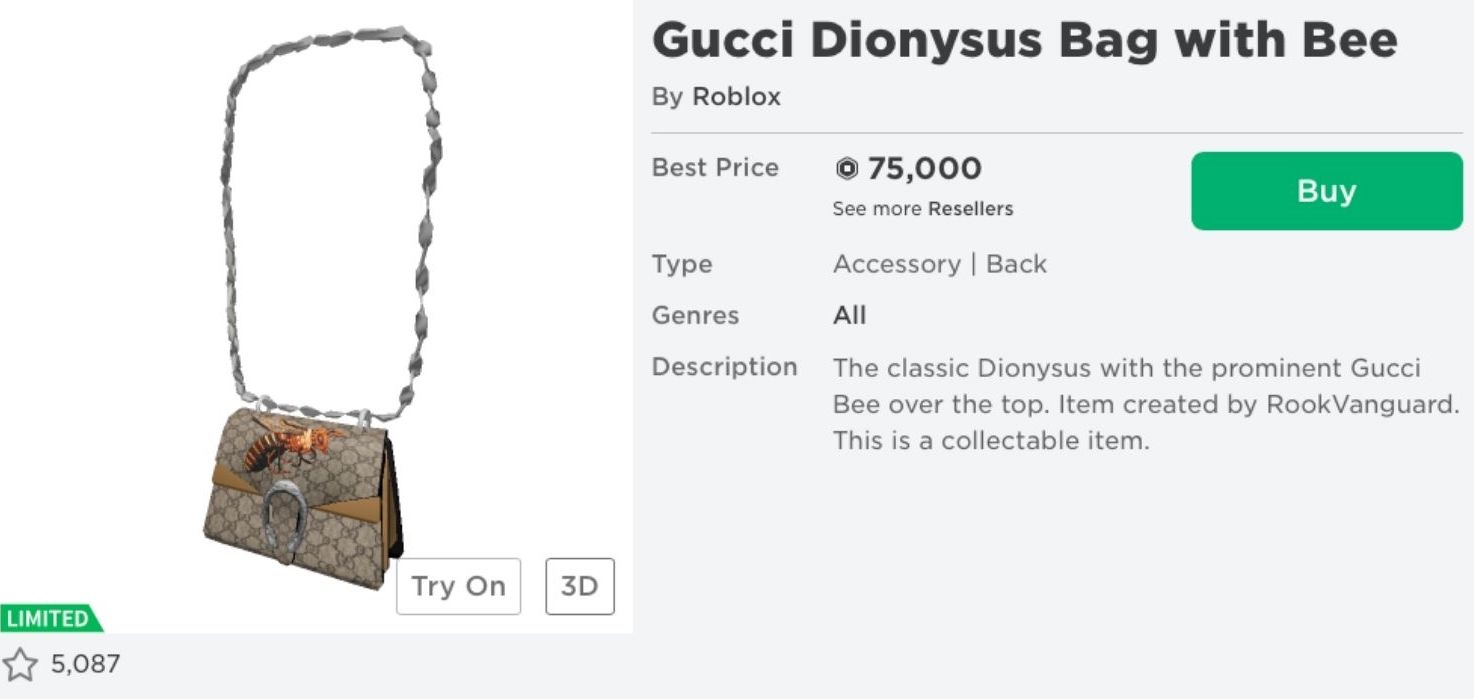
Gotta have a plan
Brands are often being persuaded to be the first mover in the market to win the most PR value. I agree that brands should be encouraged to start with small experiments. However, just like other marketing initiatives, it should always come with a long-term strategy and game plan roadmap that aligns with the brand’s overall vision. Marketers need to be cautious in maintaining a cohesive brand messaging in the real and digital world. A good case reference will be luxury brands like Gucci where a virtual bag for avatars in the metaverse was resold at a higher price than the actual physical bag at the store. You can start asking yourself a bunch of 101 questions. For example, do you understand if your brand’s target audience is hardcore metaverse gamers? Is your KPI to drive merely brand engagement or generating Direct-to-Avatar (D2A) sales? These questions will affect how you select the platforms to invest in.
Behind the scenes: Tech
The last piece of advice is about security and the level of controllability that the brands possess over their virtual assets. The tech team should either work with experienced specialists or well equip themselves with knowledge in minting and storing their virtual assets. The virtual aspect of NFTs makes them prone to scams including plagiarised NFTs and malicious pump-and-dump. Phishing sites are common, and brands should reassure their audience that they fight shy of fraud. Many of your followers might fall into the rabbit hole because of your brand, thus sufficient education and guidance for newbies are definitely what a brand should provide. After all, brands have a longing for a PR stunt and not a PR crisis.
The Bottomline
Just like when people were talking about the internet 30 years ago, it didn’t really develop with a script to the advancement that we enjoy today. None of us has a crystal ball telling where the metaverse is leading us, so brands must continue to have a full grasp of the current trends and get prepared to hop on the Metaverse bandwagon anytime soon.
Jeffrey Hau, Director of Prizm Group
Published by Marketing Interactive on 11 April 2022





